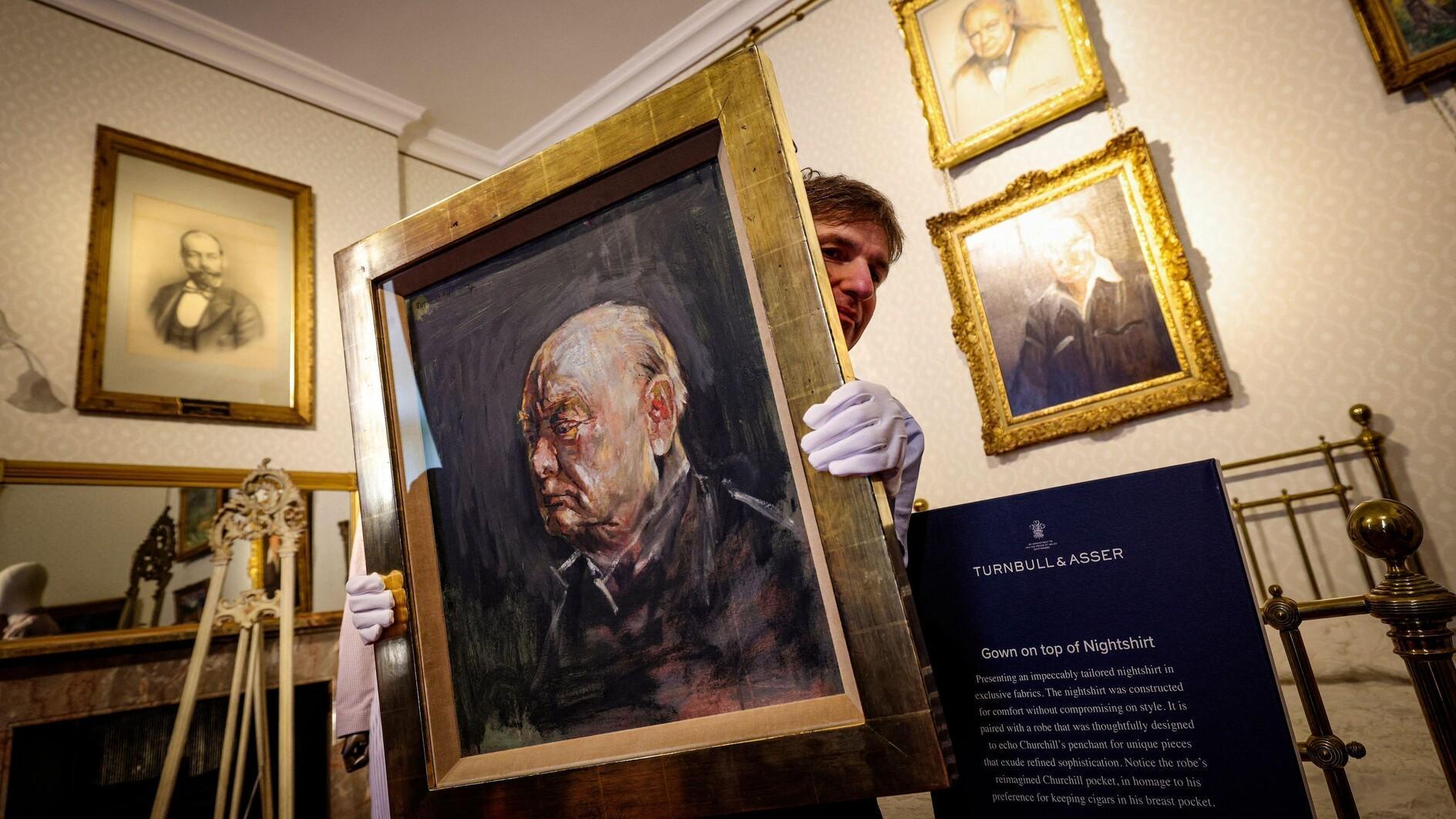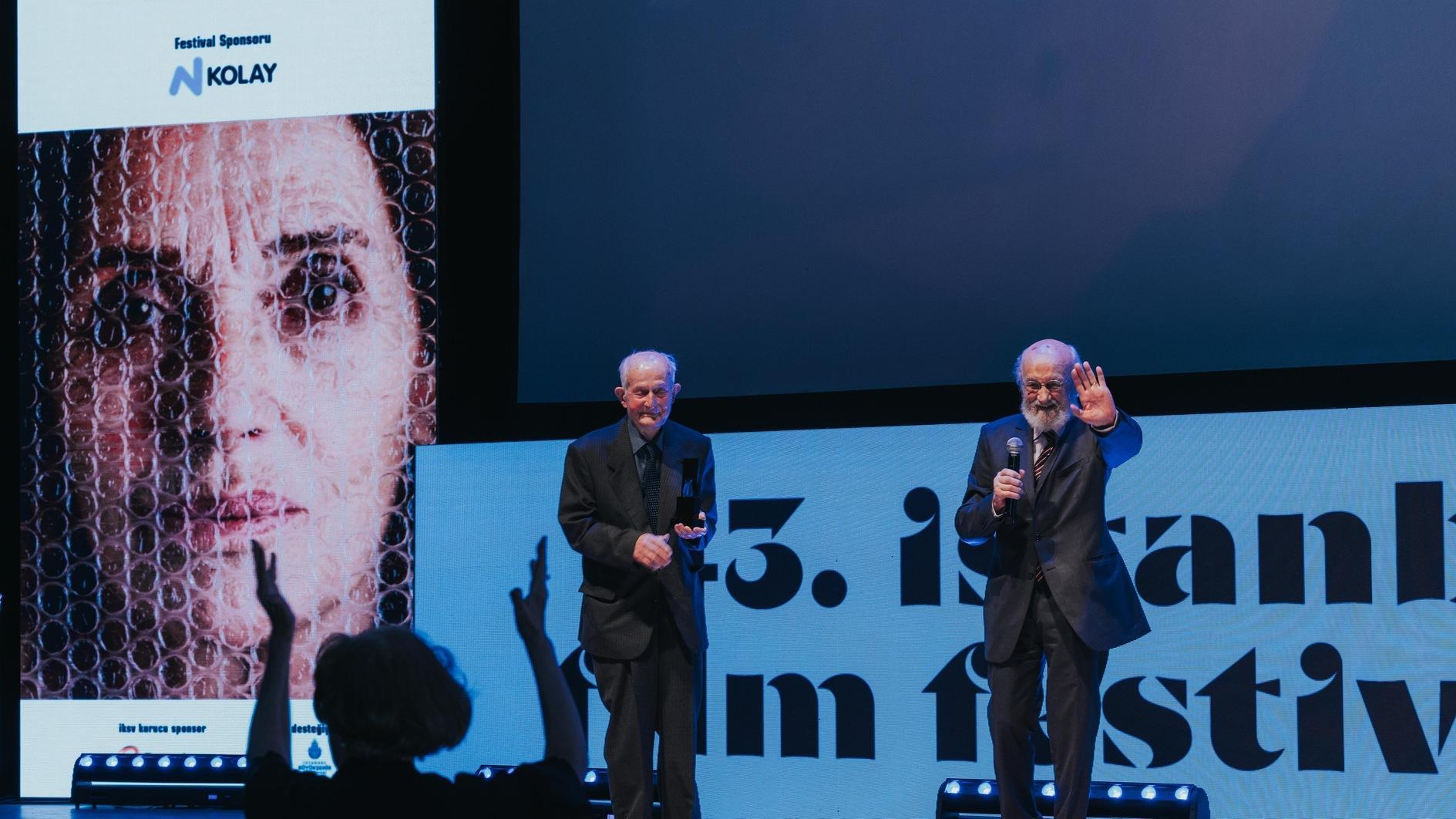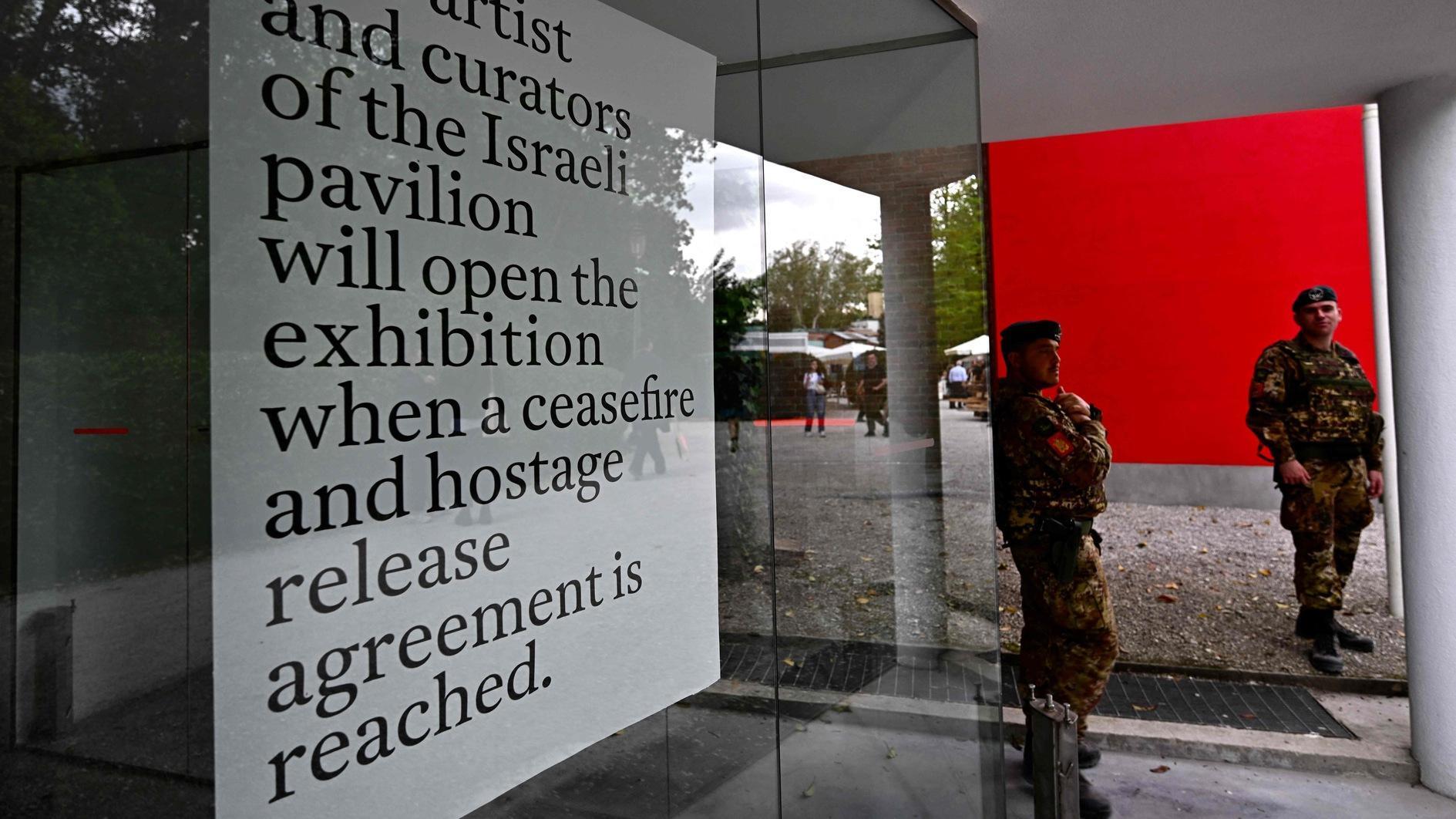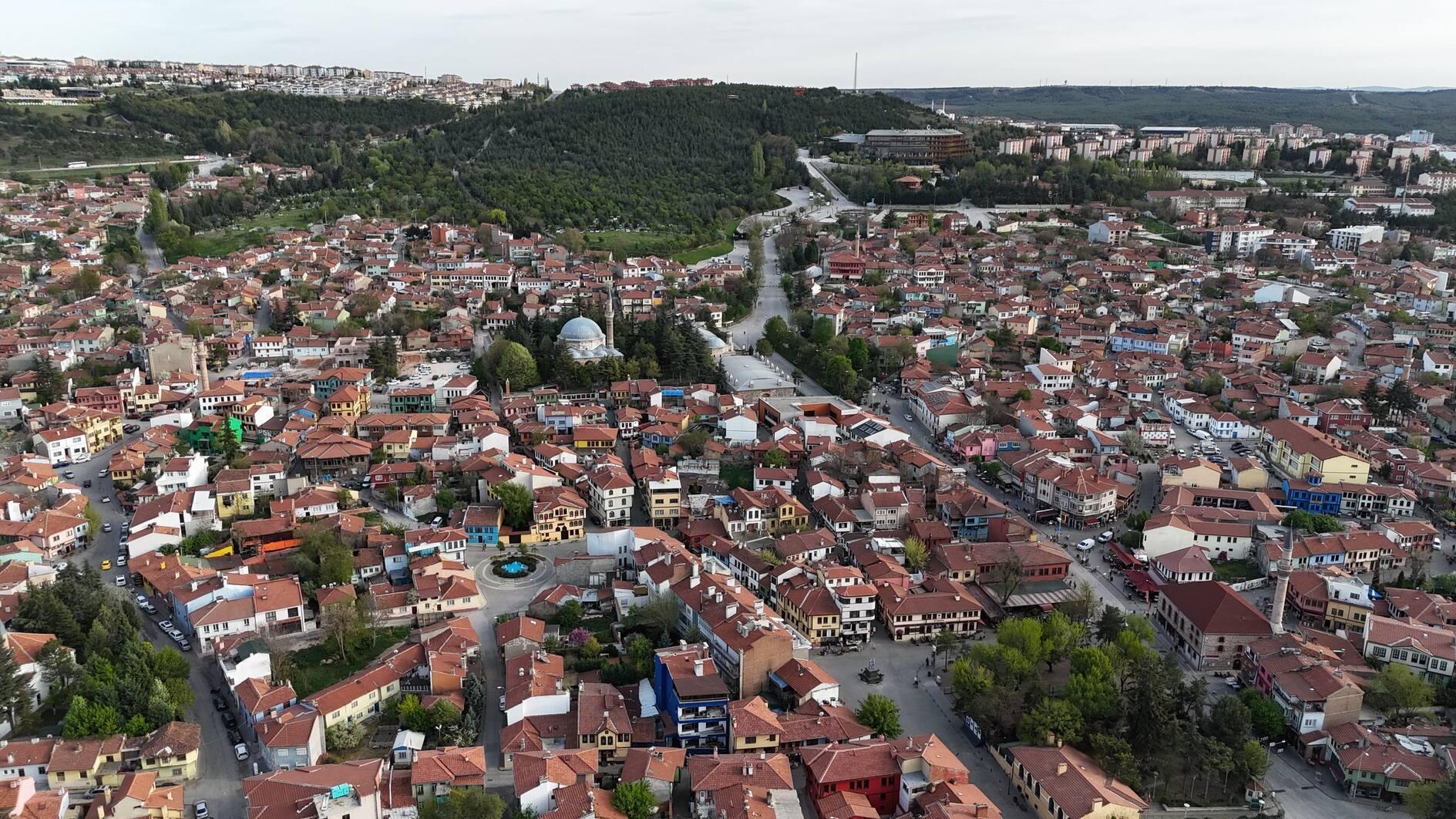Zeugma mosaic becomes symbol of Gaziantep
ÖZGEN ACAR
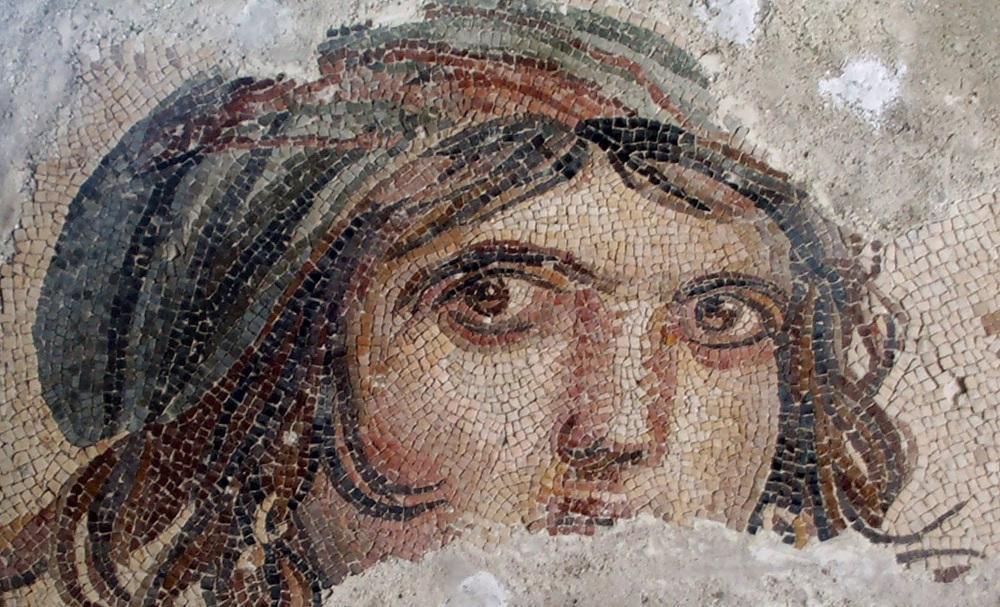
The fragments of the “Meanad” mosaic, which was smuggled from the ancient city of Zeugma in the southeastern province of Gaziantep and is known as the Gypsy Girl mosaic, was returned to Turkey last week. The mosaic, depicting one of daughters of the wine and theater god Dionysos, has become a symbol of Gaziantep.
Archaeologists had determined that it dates back to the 2nd century A.D., concluding that only one piece remained out of the whole mosaic and the rest was looted. Locals named it “Gypsy Girl.”
A long time ago, we had asked the people of Gaziantep what their fellows Rıza Çakır, Mehmet Zengin, Halil Yurtsever, Kemal Akrat and Soydan Zengin were doing in Ayvaztepe, namely Zeugma, on June 21 and 22, 1992.
But our questions addressed to the people of Gaziantep, which has a population of over 1 million, went unanswered.
The museum director, Dr. Rıfat Ergeç, who carried out the excavations in a tunnel opened by robbers, found a magnificent mosaic depicting the marriage scene of Dionysos and Ariadne from the 2nd century A.D.
I published the picture of the mosaic for the first time in 1993 in Cumhuriyet newspaper. Since the mosaic is connected with a building, it was left in its original place.
But looters cut an important part of the mosaic and stole it, leaving the remaining part of the mosaic, now displayed at the museum, deserted and incomplete. The whereabouts of other pieces of the mosaic are yet to be determined.
For the first time in 2012, archaeology professor Kutalmış Gökay, who conducted excavations in Zeugma, informed the Culture and Tourism Ministry that these mosaics were on display at the Bowling Green University in the U.S. He also provided the photos of the mosaics.
Antiques dealer Peter Marks had sold the 12 pieces of mosaics to the Wolfe Art Center of the Bowling Green University for $35,000.
Later, Murat Süslü, the general director of the Museum of Excavations and Museums at the time, went to the university with his assistants and reached a principle agreement for the return of these mosaics.
Then on May 15, New York Culture and Promotional Office Director Tülin Sermin Özduran signed an agreement with the university’s rector, Rodney Rogers, the dean of the faculty of art, Raymond Craig, and the deputy rector, Sean P. FitzGerald, for the return of the mosaics to Turkey.
Within the scope of the agreement, Turkey will send the replicas of the mosaics to the university.


